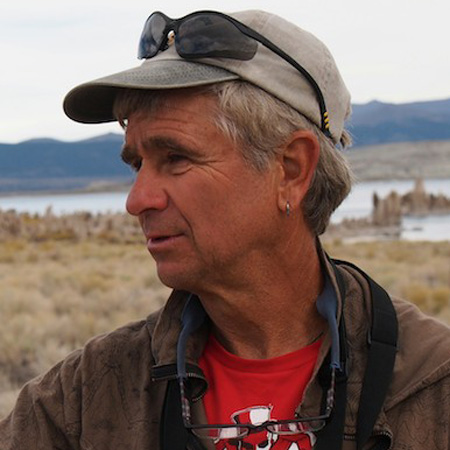This past Halloween we had the ideal weather for Trick or Treating but the next day -- All Saints Day -- there was a nice soaking rain throughout the Bay area. Monday dawned clear and beautiful and was the Mexican traditional Day of the Dead. But what I witnessed that morning was more like Day of the Living.
Hiking in the chaparral on the southern slope of Mt. Tamalpais in the bright sunshine with very little wind, I encountered a phenomenon that causes homeowners to quiver in their Birkenstocks:. a huge swarm of flying termites. Hundreds of these very weak insects were emerging from underground, fluttering softly, searching for their new promised land of rotting wood. These were the alates, the reproductive class of termites, hungry yes but not for cellulose, for sex.
Termites like ants, wasps and bees, are true social insects; that is, they work together to raise their young, generations overlap and they are divided into a distinct caste system. It is vital to divvy up all the jobs necessary for the cooperative activities of the colony, which can number into the millions.
A typical colony consists of a large egg laying Queen - and always by her side is her King. Both can live for decades. The majority are the workers who attend to the colony's mundane tasks. Larger soldiers with big heads guard the group, mostly against ants. The reproductives are fed high quality food as larvae, are slightly larger than the workers and most importantly have two pairs of wings. Most are produced during the spring and fall breeding seasons.
A nice rain followed by a warm day with little wind stimulates the alates to leave the nest. all of the termite colonies in a region release their reproductives at the same time, guarding against inbreeding, Most never survive, becoming food for many animals, mostly birds. But a few do manage to find a mate from another colony, shed their wings, burrow underground, mate and found their own new colony before they start eating your house.
